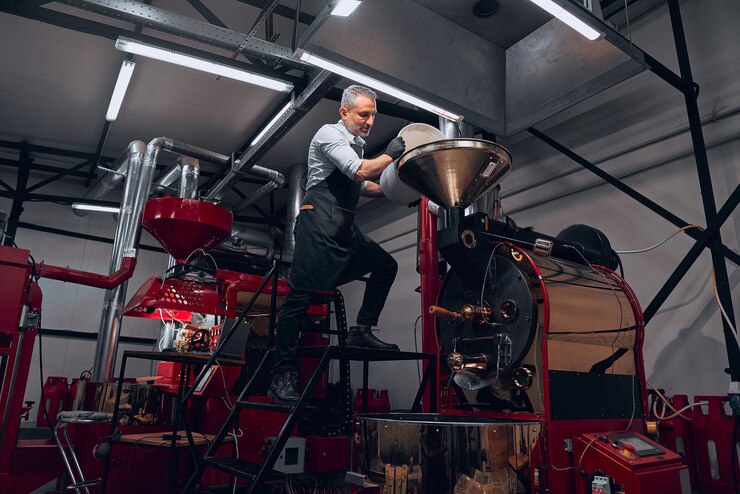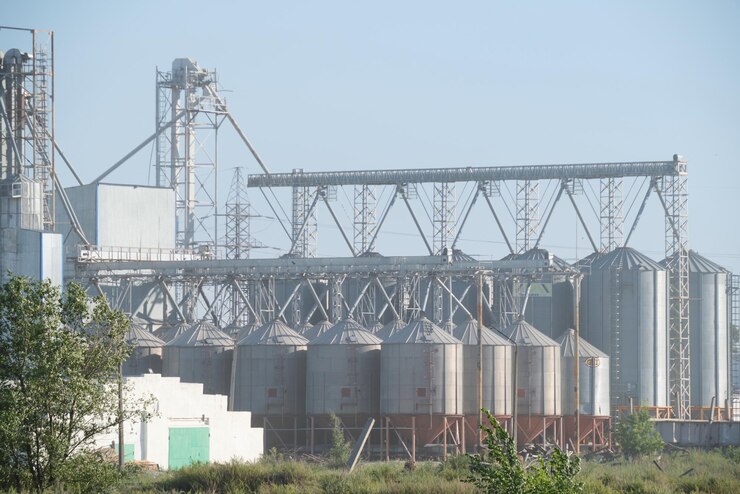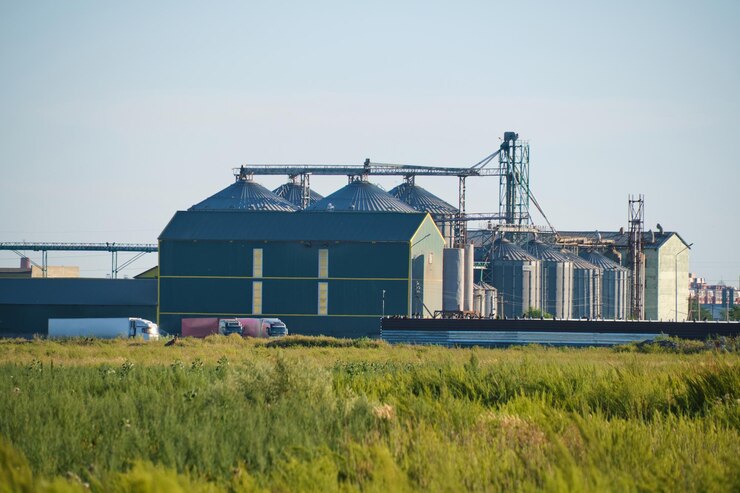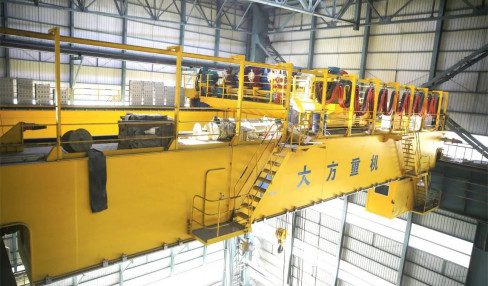How To Choose The Right Hopper For Your Factory
4 Mins Read
Published on: 24 November 2022
Last Updated on: 18 March 2025

toc impalement
Factory managers have a lot of factors to consider when choosing the right hopper for their production line. But, with so many different types and sizes available, how do you know which is right for you?
Knowing where to start when choosing a hopper for your factory can take time and effort. Do you go with a standard size or something more customized? What type of material will the hopper need to handle?
Our guide to choosing the right hopper for your factory will help make the process easier. We’ll walk you through the different types of hoppers available and help you decide which is best for your needs.
What Are the Four Main Types of Hoppers for a Factory?
Hopper design is essential for any factory that relies on materials delivered via truck or railcar. Four main types of hoppers are commonly used in industrial settings: self-dumping hoppers, drop-bottom hoppers, sawdust hoppers, and stretch hoppers.
Each hopper type has advantages and disadvantages that should be considered when purchasing.
Self-dumping hoppers are the most common type of hopper and are often used for general-purpose applications. They are simple to use and relatively inexpensive but dangerous if not used properly.
Drop bottom hoppers are less common but are useful for unloading heavy or densely packed materials. Sawdust hoppers are typically used in woodworking applications, and stretch hoppers are often used for delicate items that require gentle handling.
In the following sections, we’ll further review each type to help you better understand its uses. This will help you better decide which one is suitable for your factory.

1. Drop Bottom Hoppers
A drop-bottom hopper is a container that stores and transports dry bulk materials. The hopper has a bottom outlet that can be opened and closed to discharge contents.
Drop bottom hoppers are often used in industrial applications to store and move materials such as grain, coal, and cement. They are also used in the food industry for flour milling and sugar processing.
These hoppers are available in various sizes and shapes to suit the needs of different businesses. When choosing a drop bottom hopper, it is essential to consider the materials you will be storing and transporting and the capacity and load-bearing capacity you require.
2. Sawdust Hoppers
A sawdust hopper is a container that stores sawdust or other wood shavings. Sawdust hoppers are often used in woodworking shops to collect and store sawdust generated by power tools such as saws and sanders.
Sawdust hoppers can also be used in gardening applications to help prevent soil erosion. The hoppers are typically made of sturdy materials such as plastic or metal, and they have a lid that helps to keep the contents dry.
Some sawdust hoppers also have a built-in dust collector that helps reduce the amount of sawdust emitted into the air.
3. Self-Dumping Hoppers
A self-dumping hopper is a material handling equipment used to move large quantities of heavy materials. The Construction Hopper is attached to a forklift or other lifting device and can be tilted forward to dump its contents.
Self-dumping hoppers are often used in industrial and construction settings, as they allow for quick and easy dumping of heavy materials such as concrete, sand, gravel, and dirt.
Most self-dumping hoppers are made from durable steel, which can withstand the weight of the transported materials. Some models also feature casters or wheels, which allows them to be easily moved around a worksite.
4. Stretch Hoppers
In a factory or warehouse setting, stretch hoppers can move items from one location to another. A wheeled platform typically accompanies these devices.
The platform can be raised and lowered with a number of extension arms. These arms can be positioned around an item, and then the platform can be raised, lifting the item off the ground.
The stretch hopper can then be moved to the desired location, and the platform can be lowered, setting the item down. This type of device is often used to move heavy or bulky items that would be difficult to transport using other methods.
Stretch hoppers can also be used to move items up or down stairs, providing greater flexibility in terms of transportation.
How To Know Which Hopper Is Right for Your Factory

Selecting the right hopper for your factory can take time since there are so many types on the market. However, there are a few factors that you can consider to help you make the best decision.
The first is the type of material that you will be stored in the hopper. For example, a self-dumping hopper may be best if you store light materials such as sawdust or wood shavings.
However, a drop bottom hopper may be better if you need to keep heavier materials such as metal scraps or concrete. The second factor to consider is the space available in your factory. If you have limited space, a stretch hopper may be the best option, as it can be expanded when needed and retracted when not used.
Finally, you should also consider your budget. Hoppers can range in price from hundreds to thousands of dollars, so choosing one that fits your budget is essential. By considering these factors, you can be sure to select the hopper that is right for your factory.
Final Thoughts
At the end of the day, it is essential to weigh all your options before deciding on a hopper for your factory. Consider what type of product you will manufacture, how much space you have, and what budget you are working with. With these factors in mind, you should be able to find the perfect hopper for your needs.
Additional:


















Comments Are Closed For This Article